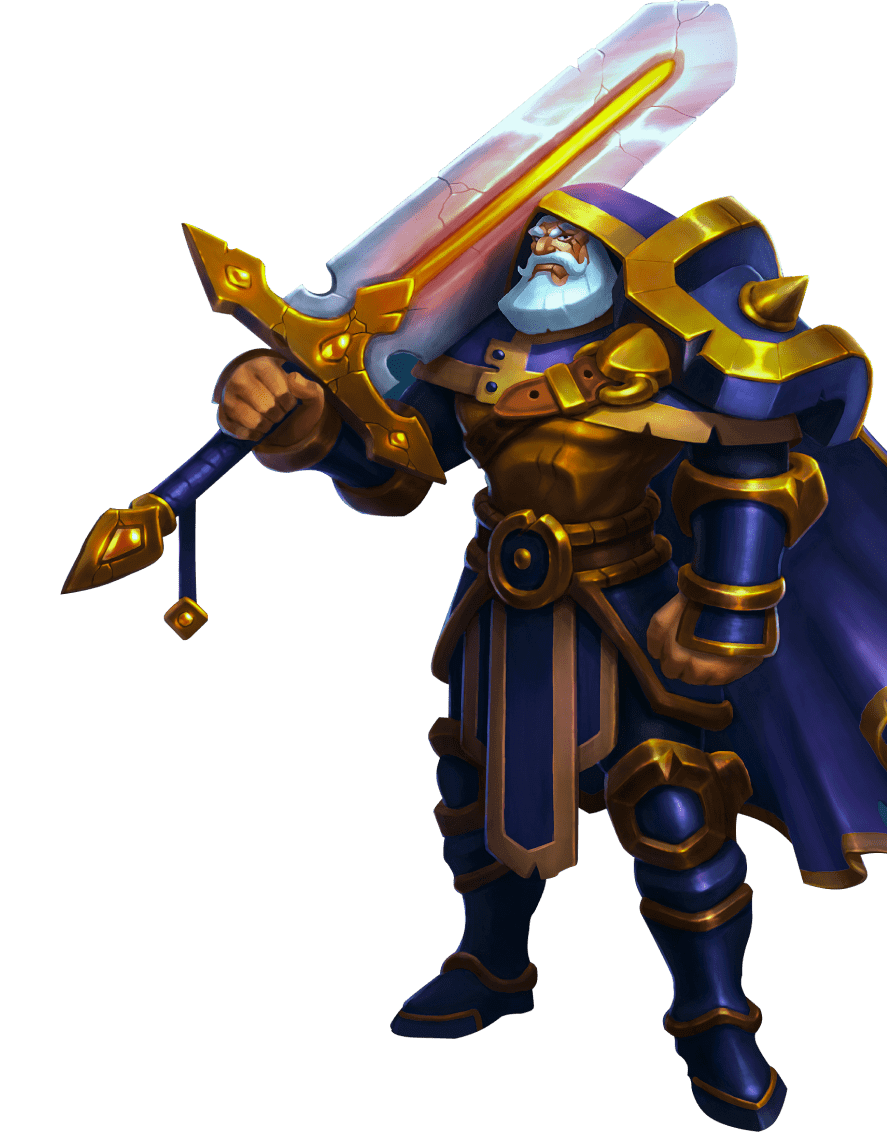Almost no game is complete without the main memorable character designed to become its hallmark. And regardless of whether the players choose a character by themselves or get a ready-made one, the essence remains the same − characters are a virtual embodiment of the player and must therefore be flawless.
Character design rates are a burning issue for anyone who wants to create a special game that will not get lost among hundreds of representatives of the same genre. Of course, a character can’t save a game with a poor storyline, a world limited to one miserable location, and gameplay full of bugs. But characters are the heart of the game − they are the closest element to the player, their avatar in the virtual world. From this follows the golden rule − in no case should you try to save money on their creation.
Interesting fact. The last known study on the most popular game characters goes back to 2011. Guinness polled 13,000 gamers and got this top ten:
- Mario (Donkey Kong, Nintendo, 1981)
- Link (The Legend of Zelda, Nintendo, 1986)
- Master Chief (Halo: Combat Evolved, Microsoft, 2001)
- Solid Snake (Metal Gear, Konami, 1987)
- Cloud Strife (Final Fantasy VII, Square, 1997)
- PAC-Man (PAC-Man, Namco, 1980)
- Lara Croft (Tomb Raider, Eidos 1996)
- Gordon Freeman (Half-Life, Valve, 1998)
- Kratos (God of War, Sony, 2005)
- Sonic (Sonic the Hedgehog, Sega, 1990)
Now this is far from representative. But the more optimistic is the prospect of seeing your favorite character in an updated list. We wonder if anyone will do this in the near future?
Today we are here to dot the i’s and cross the t’s on character design pricing. Let’s figure out what you need to know before ordering a character creation and how much it will cost you to create two-dimensional and three-dimensional characters.
Factors Affecting Character Design Cost
With a character, you are actually talking to the player directly. This is not just a well-drawn and implemented 2D or 3D concept, it is individuality with his or her character, appearance, habits, and approach to solving problems. To create a character, artists use images of people, animals, plants, fictional creatures, and inanimate objects.
So how much does character design cost? What determines the price and is it possible to somehow influence it? Several main factors directly affect character design cost.
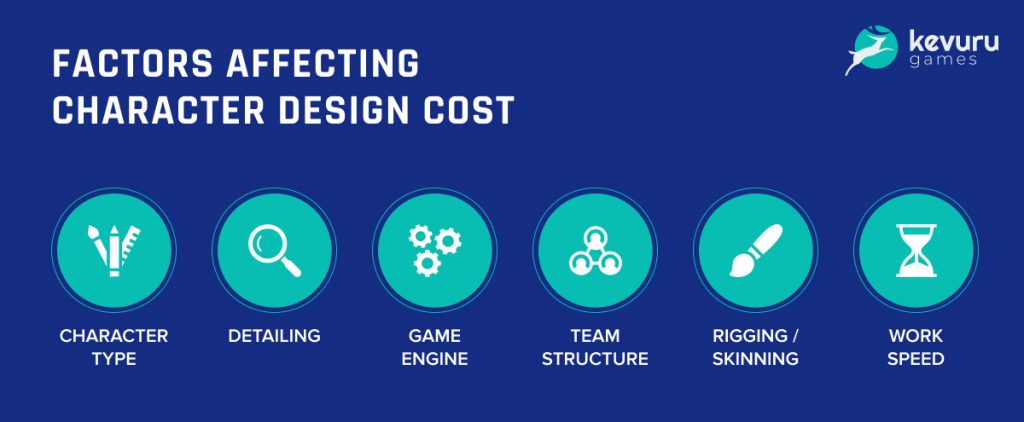
| Character type | This can be either 2D or 3D option. A two-dimensional one is cheaper due to the use of simpler techniques and software and the lack of the need to draw a character from all possible viewing angles. |
| Detailing | For a 3D character, the number of polygons matters. These are the elements that make up the model: the more of them, the higher the detail. For 2D, the number of shades used and work with shadows are taken into account. |
| Game engine | Developing characters for different engines can vary significantly in terms of time required. For example, creating a character for Unreal Engine will take much longer and, accordingly, will cost more than for Unity. |
| Team structure | The complexity of the project becomes a decisive factor in choosing the composition of the team that will work on it. It may turn out that one 2D artist is enough, or maybe even three people will not meet the deadline. Each of them needs to be paid a salary, so the number of people directly affects the final cost of the character. |
| Rigging/skinning | Creating a character skeleton may be needed both for creating several static poses and for future animation. Usually, this service is not assumed by default and is requested by the client separately. So be prepared for additional costs if you need multiple poses or pre-animation. |
| Work speed | How fast do you need results? Is there time to go through several stages of adjustments, alterations, and additions? Usually, the approximate date is indicated by the game art company which you collaborate with. If it doesn’t suit you and you need the result faster, it will affect the price. Also, note that not every company will be willing to accelerate. It may have insufficient resources to do so, or it may not want to risk a possible negative impact on quality. |
The best option is to come to the design studio with a clear understanding of what you need. This does not mean that you have to present to the studio an image of a character carefully thought out to the slightest detail in full gear on a plate. This means that you understand what role characters will play in the game, their nature and purpose. You can convey this information to the character design services and, for example, give them the opportunity to freely interpret the character’s image. Then you can adjust the result together with the team.
Character Creation Progress
Character creation is a long and painstaking process. It is full of the pangs of choice, the pitfalls of being secondary, and the eternal search for zest.
The procedure may vary, but the basic steps here at Kevuru Games are as follows.
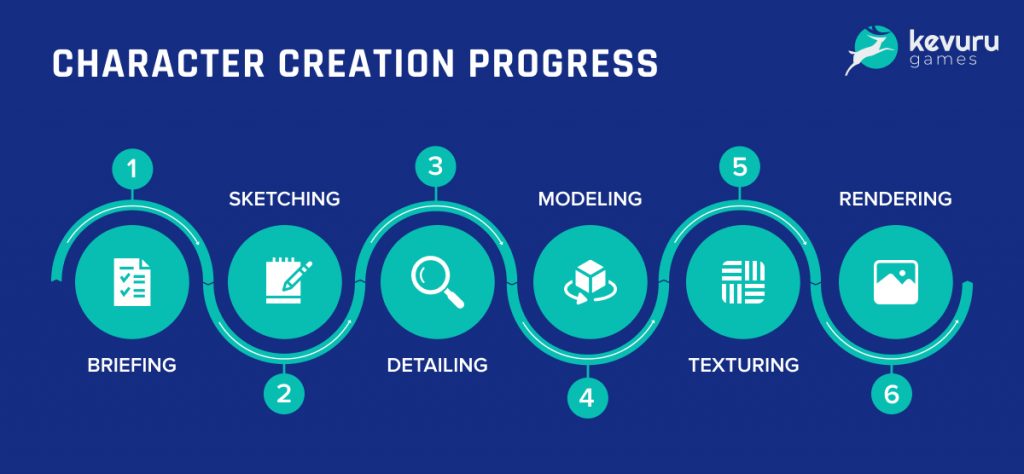
- Briefing. To begin with, we formulate the description and requirements for the character and the final result as detailed as possible. Sometimes, for a complete understanding, it is enough to answer standard questions, such as game genre, character type, and his or her role in the game. Sometimes this is not enough, and then we look at examples of other characters from games of a similar genre.
- Sketching. Further, the artists prepare sketches of the future character and choose a direction for further work. This stage is also called conceptualization: the concept artist gathers references based on information from the previous stage and creates several possible options to choose from. To proceed to the next step, you must select the final version, which will become the basis for all further work to be carried out.
- Detailing. Chosen sketches are adjusted according to the comments and image requirements. Artists are working on the details, poses, clothing options, and emotions of the characters. This is where the work ends if it’s 2D and no pre-animation or multiple poses are required. You can ask for some minor revisions and then approve the project.
- Modeling. If it is 3D, we perform three-dimensional modeling of the character and all the necessary objects. Modelers create a skeleton configured for animation if necessary in the project. The number of rigs depends on the variety of actions that the character will perform. This can be idle, walking, running, jumping, squatting, reaching for weapons and manipulating them, and so on.
- Texturing. After all the necessary 3D modeling stages, the artists move on to texturing – the process of applying a bitmap image to the surface of a 3D object to give it realism. Some software allows artists to procedurally texture the model or even draw directly on the model.
- Rendering. The character is rendered: the artists adjust textures, materials, lighting, and more. They also work on accessories, clothing, and additional poses in 3D.
At each stage, the company shows you the intermediate results, accepts and implements the necessary revisions, and gets approval to move on to the next step.
2D Character Design
As we’ve already said, the 2D character design price will be lower than 3D options.
2D means two-dimensionality, that is, the fact that the image has only two dimensions – length and width.
Manipulating colors, textures, and shadows can create the illusion of three-dimensionality of such images, but, unlike 3D, they cannot be rotated 360 degrees. To see them from the other side, artists need to draw them separately.
For example, take a look at the 2D characters that the Kevuru Games team has been working on.
You can see more of our 2D characters in our portfolio.
2D characters can be raster or vector:
- Vector images are created using lines. Such drawings are easy to scale, move, change, and manipulate without loss of quality.
- Raster images are created on the basis of pixels, each of which quotes a specific hue. Raster helps to make the image more realistic and allows for smooth color transitions.
Dive into a more detailed analysis of the differences between vector and raster graphics and their applications
Learn moreThe salary of a 2D artist character starts at $15 per hour and depends on skill and experience.
3D Character Design
3D characters are models with three dimensions – height, width, and depth.
The depth gives them volume and they can be rotated 360 degrees and viewed from all angles. One of the key advantages of 3D characters is their realism and reusability in other projects. To animate a 3D model, you don’t need to redraw it anew in every pose − all manipulations are possible because the model has already been worked out from all sides.
Kevuru Games’ team has developed a huge number of distinctive 3D characters, some examples of which we have included below. You can see more artwork and details about their creation on the character design page.
Head on to our portfolio to see more 3D characters.
How much does it cost to design a 3D character? The key to the answer is the artist’s hourly rate and the time it takes to create a 3D character.
It takes about twice as long to create a 3D model as it does to create something 2D. Modeling, texturing, skinning, and rigging of an abstract character takes over 150 hours in total. The more detailed the model, the longer it takes to create it. Therefore, you can imagine the amount of work.
How Much Does a Character Design Cost in 2024?
Character design commission price isn’t the same when you work with an individual artist or a studio. Those who want a cheaper option can find a freelancer, while those who need guaranteed quality and timely results without spending time on hiring can go to an agency. Let’s see how the prices vary in different countries for game studios and freelancers.
Freelance Character Design Rates
If you’re looking to hire a character designer and have a clear idea of your requirements, freelance job boards are an excellent option. These platforms offer a wide selection of talented professionals, including those from remote locations. The rates below are based on data from Upwork.
| Country | Character art, price per hour |
| US | $35-90 |
| Germany | $25-70 |
| UK | $28-75 |
| Eastern Europe | $15-35 |
Character Design Rates in Studios
Let’s see how the labor of 2D and 3D character artists in studios in different regions of the world is paid.
| Art Services | 2D character art | 3D character art |
| US | $55-120 | $65-135 |
| Germany | $40-100 | $60-110 |
| UK | $42-130 | $65-140 |
| Eastern Europe | $25-70 | $30-90 |
Hourly rates are calculated based on the average 3D art studio rates based on clutch.co and other similar websites
Character Design Cost: 2D vs 3D
Having sowed the first grains of information about the hourly rate of artists of 2D and 3D characters, it makes sense to approach the most important question. Knowing the pay levels of artists will help us lay the groundwork for understanding 2D character design cost and 3D character design cost.
Since one of the most significant factors affecting character design pricing is the time spent on their creation, we will depart from it. Taking into account the hourly rates of our specialists, their qualifications, and the information on the duration of work, we can make a rough estimate.
A 3D photorealistic character can take 20-25 days, while a 2D photorealistic character would take 10-15 days of work. For stylized or “cartoon” characters, a 3D version can take 15-20 days, while a 2D one can be done in 5-10 days. Considering the difference in hourly rates mentioned above, the 2D characters can be 5 times cheaper than 3D. The more specialists work on a character and the longer it takes, the higher the cost of character design.

How To Choose A Character Design Company
Choosing the right partner for creating 3D characters for AAA games is a serious and responsible issue. With so many online tutorials and academies popping up, many instantly felt called to character design and hastily built teams ready to take on any of your projects.
In order not to get into trouble and subsequently not be sad about wasted money and time, you need to conduct a kind of casting for studios, among the services of which there is one that you need. The sequence of details to pay attention to is as follows:
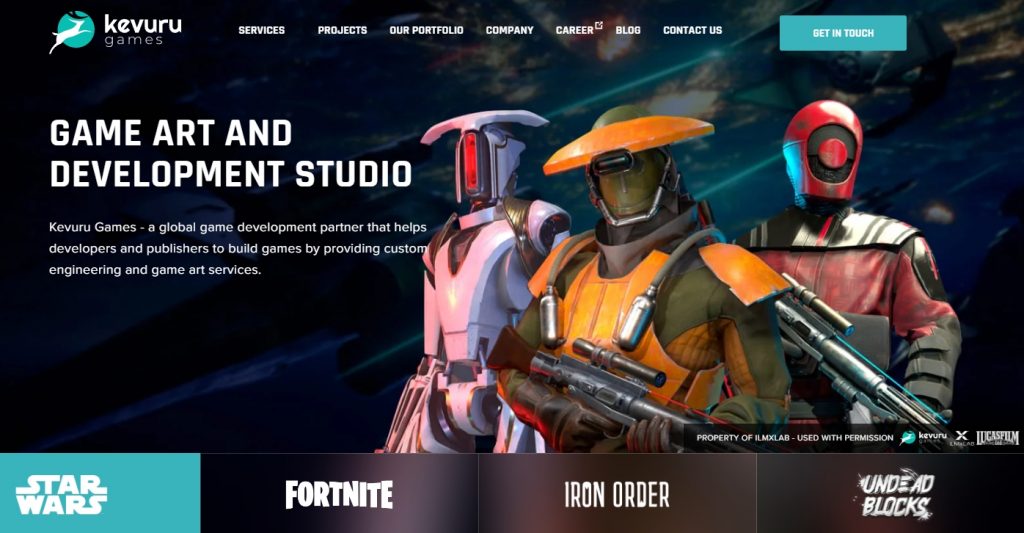
✔️Choose a studio specializing in games. Companies creating characters for brands and advertising have a different design approach. They don’t understand the specifics of the gaming industry, don’t follow trends, and have no idea which implementation will work best.

✔️Explore the studio’s portfolio. This is one of the simplest yet most relevant rules of all time. The showcase should include examples of 2D and 3D characters created by the company for games of different genres. Looking at them, you can get an idea about the skill of artists.
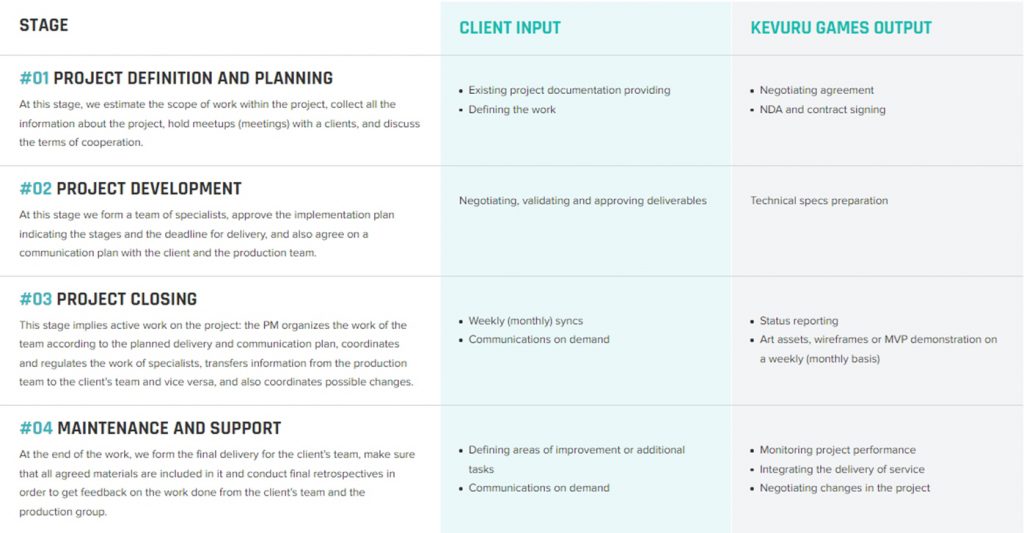
✔️Find out about the stages of work. Experienced companies have well-established strategies for creating characters. They can tell you right away what information they need from you, how the work will take place, what specialists will be involved, etc. This will allow you to make sure that your character creation pipeline is optimal.
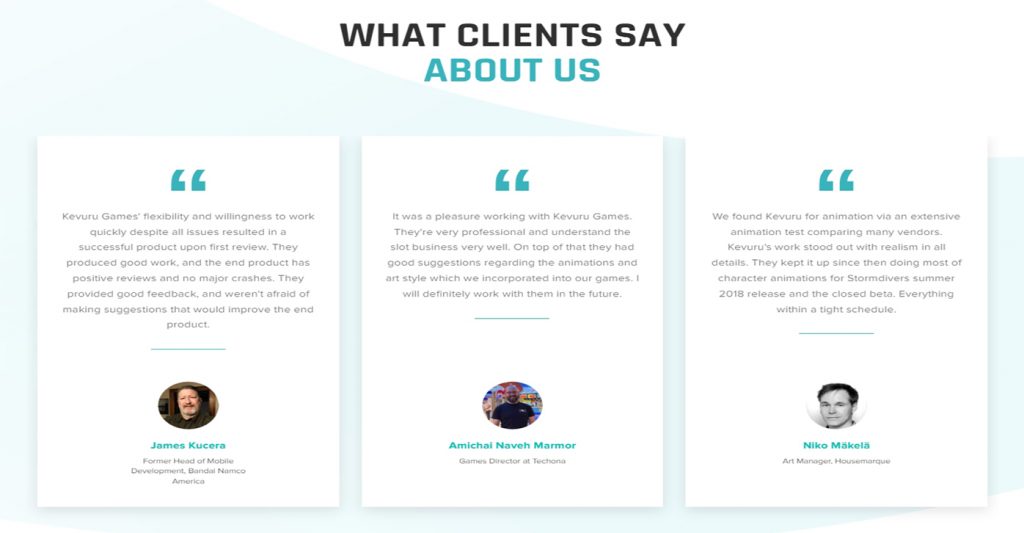
✔️Check out testimonials from previous clients. Usually, seasoned art studios have a separate section on their website with testimonials from clients. Information from there can provide valuable food for thought. For example, a company may have exceptional experience creating characters but cannot meet deadlines.
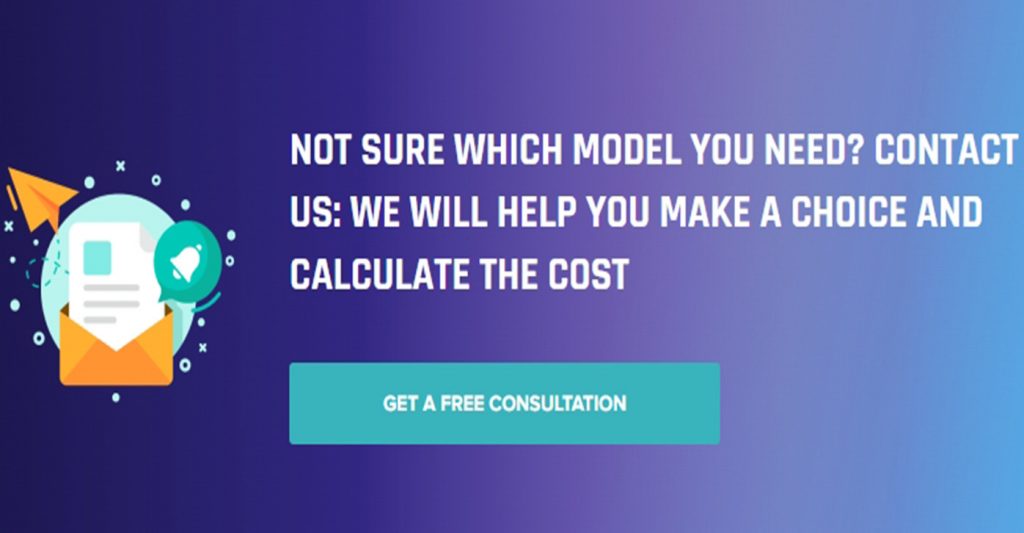
✔️Request a character design quote. Calculating an approximate cost is a common thing for a skilled company. You tell the artists what kind of character you require, 2D or 3D, what style and level of detail you want, and if rigging and skinning is needed. Based on this information, the company estimates the approximate amount of time required for work and quotes a price.
When you hire character designers at Kevuru Games, you get experts as we have been creating 2D and 3D characters for over 11 years. Our experienced artists catch the client’s idea on the fly and bring it to life in an authentic and memorable way. We offer transparent and affordable 2D/3D character design cost breakdowns so that you understand every detail of the character development process and can freely influence it.
Collaboration with major players in the gaming industry such as Epic Games, EA, and Lucasfilm has solidified the vision of our mission – to create exceptional gaming projects that demonstrate the continuous development and limitless possibilities of the gaming world. Let’s light new game stars together − just say the first word and we’ll pick up the rest.


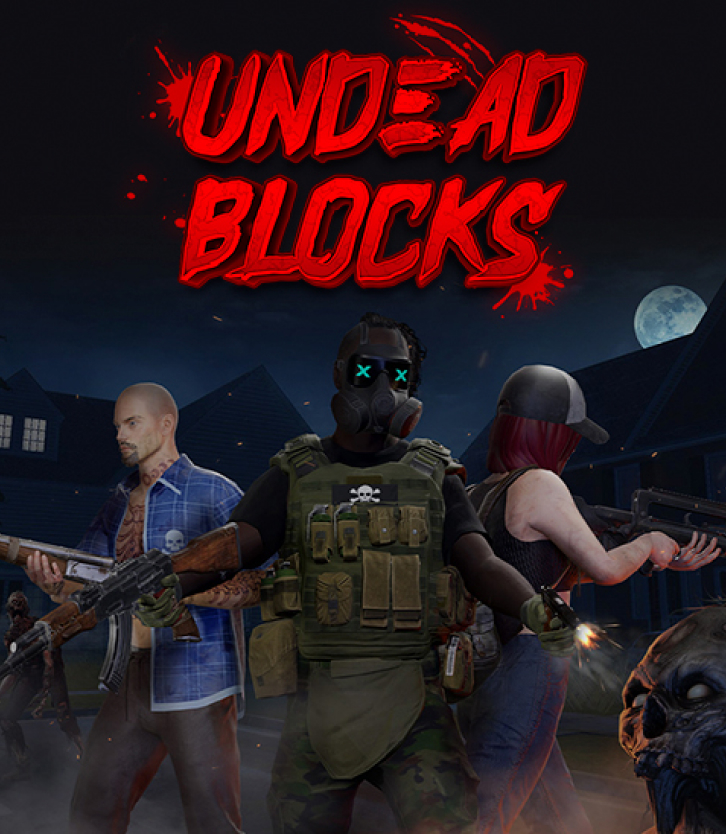
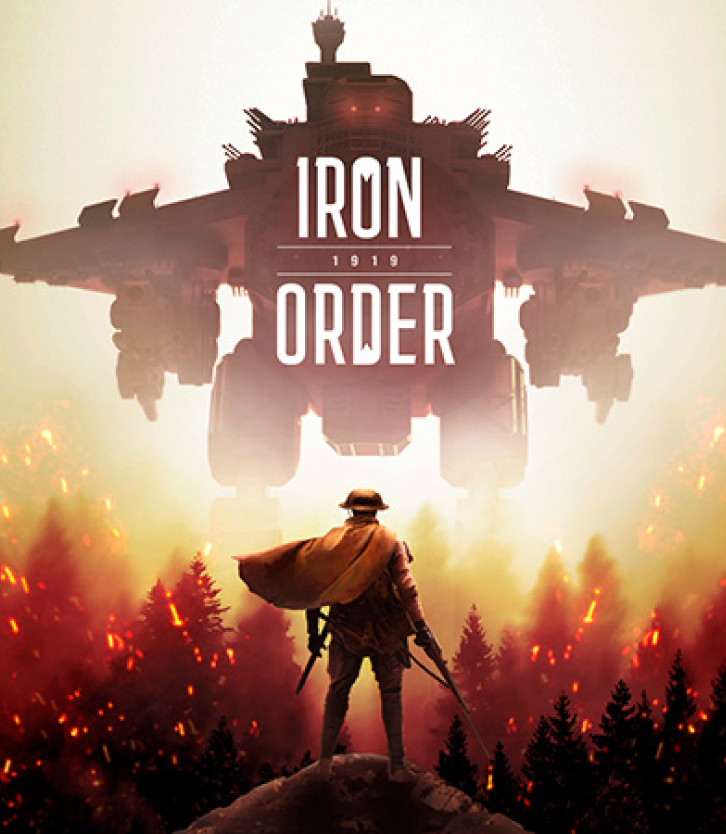
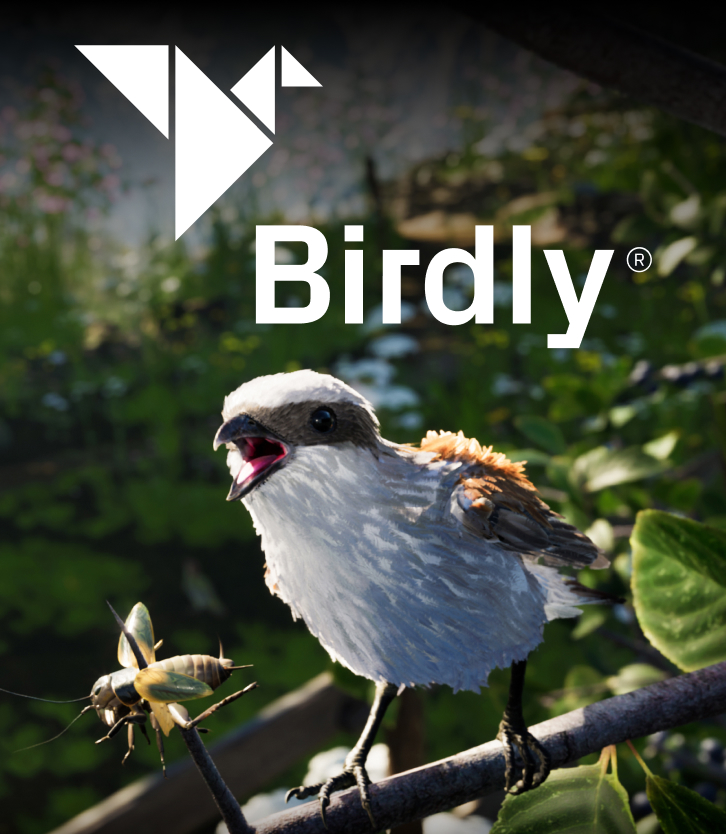
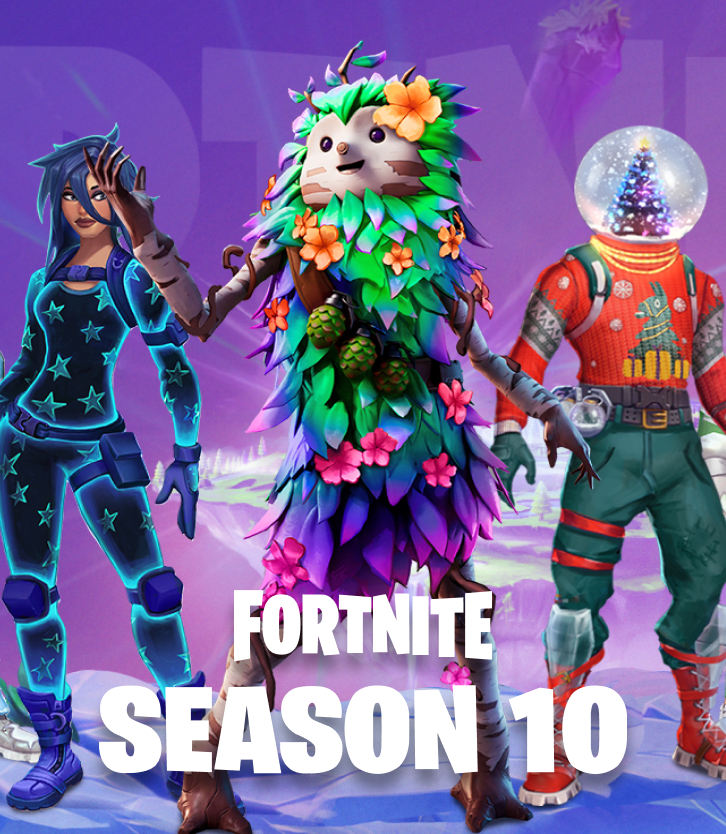
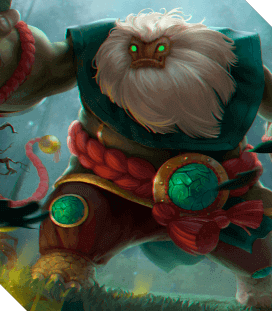

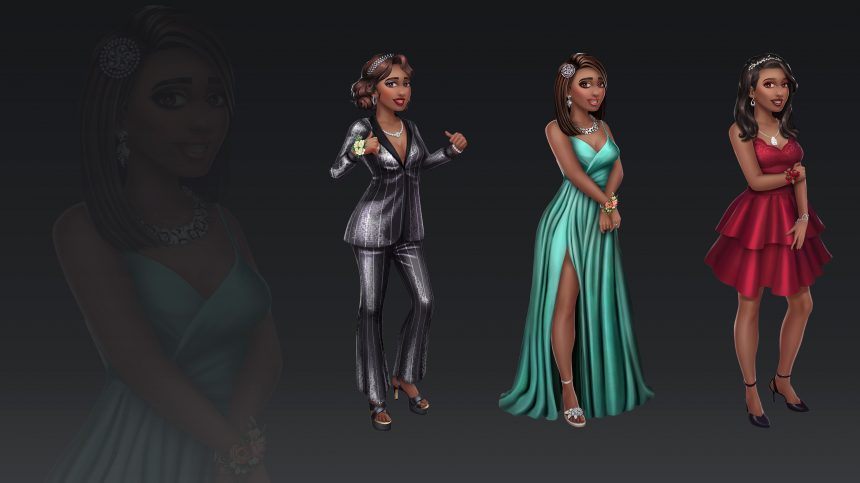
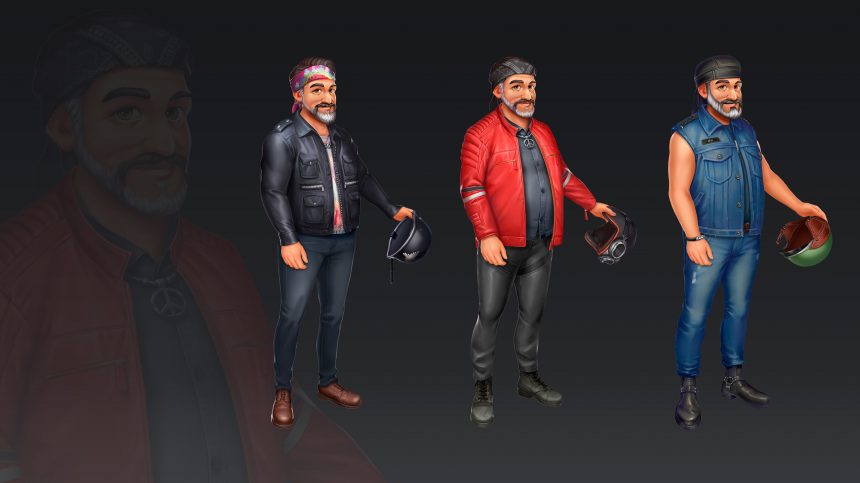
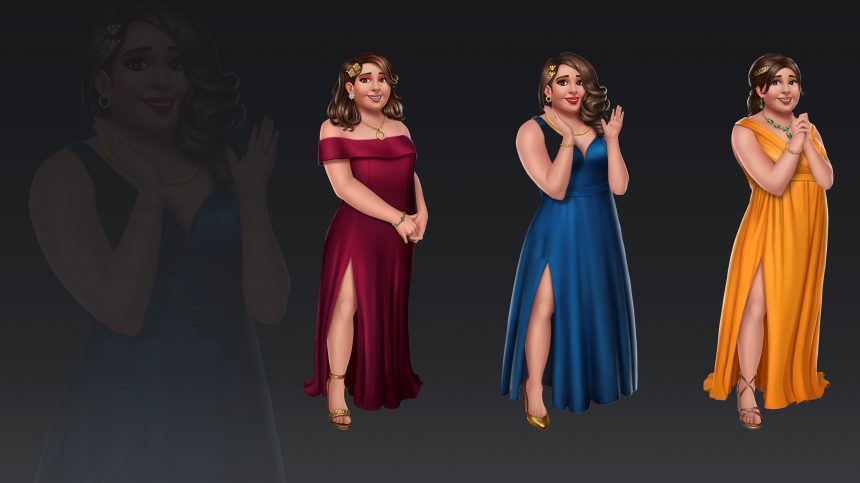
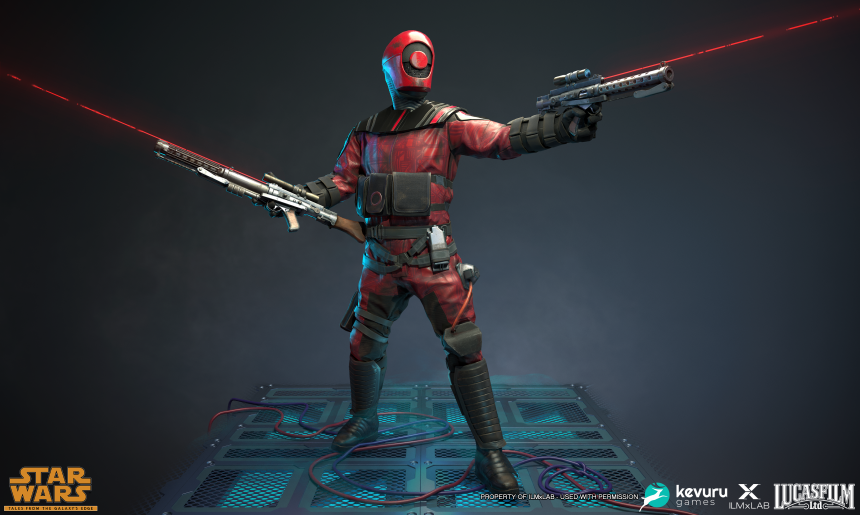
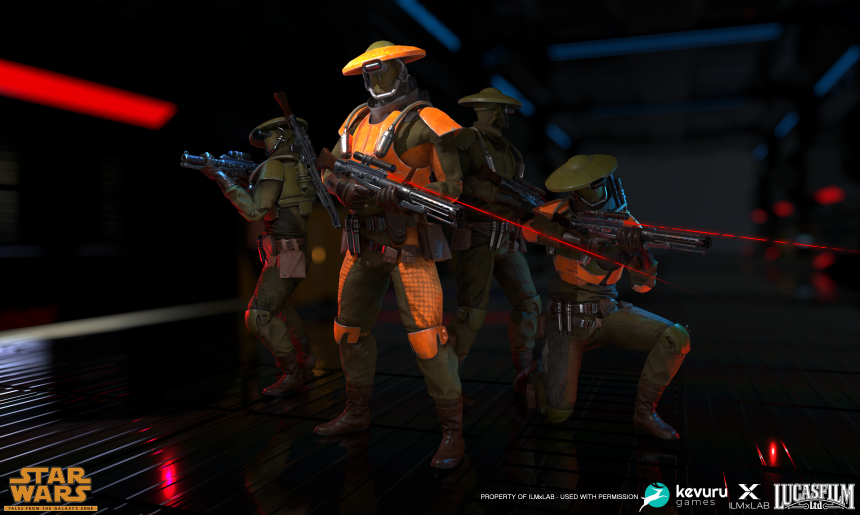
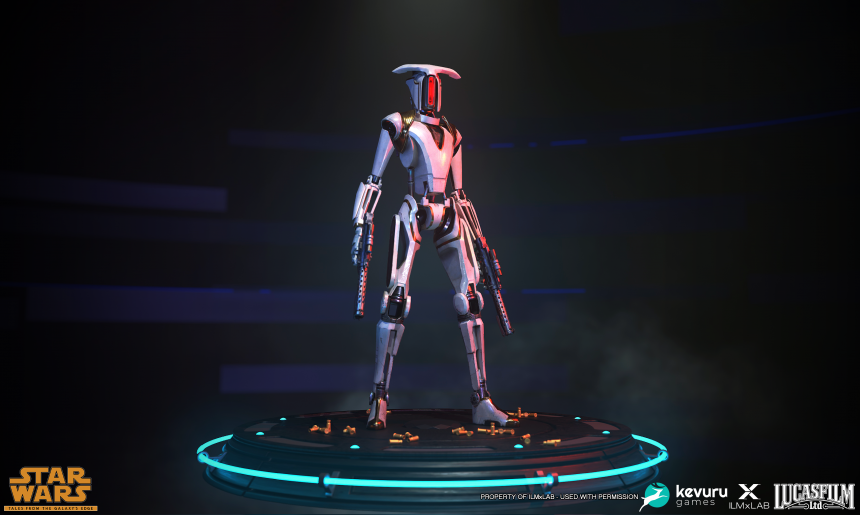
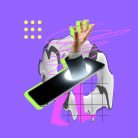

![Indie Game Development: Guide to Revenues, Most Profitable Genres & Monetization [+10 Best Indie Games 2024]](https://kevurugames.com/wp-content/uploads/fly-images/11949/indie-pre-138x138.jpg)
